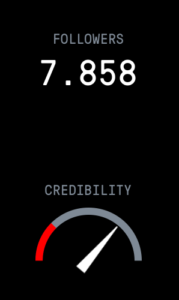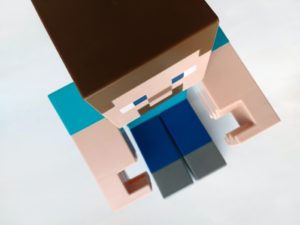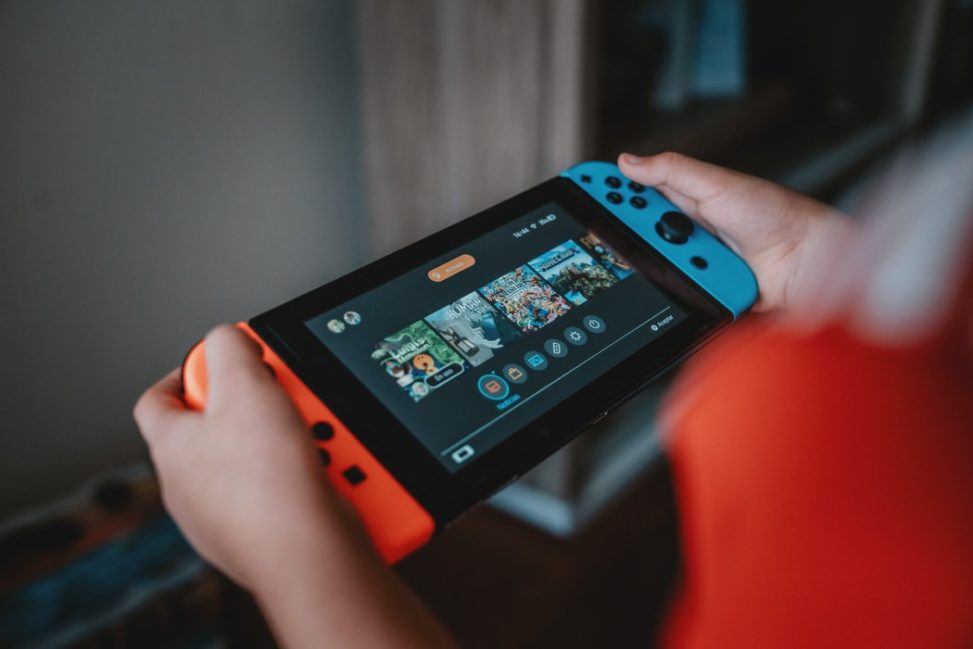This week in our EDCI 336 class, we discussed the potential benefits of utilizing video games as educational tools in the classroom. I was not very familiar with this topic going into this week.

My Final Score on Bad News
We explored one specific example of an educational video game called Bad News. This is a one-player online browser game that aims to improve students media literacy and give them the tools to better spot misinformation news pieces. Firstly, I think this topic is extremely current – there were references in the game to Trump and the COVID19 pandemic to name just a few.
However, I did find that it wasn’t the most aesthetically pleasing game to play. There were few to no visual elements whatsoever. Mainly, it was just a recurring set of text boxes that popped up further and further down the page as you went along. I don’t think that this game on its own would be sufficient to teach students the tools that they need on this very large and important topic. However, I do think the game could serve as a very effective “hook” to begin the class with and to get students engaged in the lesson’s topic.
As part of our pre-class readings, I also watched a video about the uses of Minecraft in the classroom. Minecraft is a massive open-world building block game. I have never played Minecraft before. My biggest exposure to the game has been through watching a kid that I babysit build different structures and then be very excited to show them off to me. It was fascinating to learn about all the different ways in which this game could transfer over into the classroom. From my perspective however, I could see this game transferring more easily to math and sciences classes, and less so to a foreign language. The speaker in this YouTube video did point out that for an L2 classroom, you might simply have students complete a campaign on Minecraft while speaking/chatting solely in the target language. I do think that this sort of practice could be beneficial, especially seeing as it can appear to the students as an “authentic task”. Certainly, students who are already avid Minecraft players would enjoy this activity in a classroom.
From what I understand, Minecraft Education Edition is available in numerous foreign languages (such as German, Spanish, French, Italian, Japanese, Portuguese, Russian, etc.). This would be very important in creating a completely immersive experience in the target language (ie. you don’t want students reading game instructions in English while telling them they have to speak solely in French, this would take away from the authenticity of the task). Additionally, I wonder if language anxiety might cause students to be more reticent to speak the target language aloud during a Minecraft campaign and instead opt to just put brief comments in the chat (or worse, choose not to speak at all). This might make this sort of output a little bit less beneficial in the context of improving students’ spoken French, for example.

A Character on Minecraft – Photo by Nina PhotoLab from Unsplash
Another telling drawback to using Minecraft in the classroom is that the teacher would have to be fairly fluent in the game in order to have the class activities run smoothly. For example, they would need to understand how to set up a “world” as well as how to switch between different game “modes” (survival, hardcore, creative, adventure and spectator). This might be a steep learning curve for educators with virtually no experience playing Minecraft (like me, for instance). However, Minecraft does have some resources and tutorials available for educators here.
Ultimately, I think Minecraft is an exciting tool to make learning more engaging for students. In the specific context of the L2 classroom though, I would see it more as an added way for students to practice the target language. For that reason, it could be one small part of class time, but in my opinion it cannot completely replace explicit language instruction or face-to-face oral output.
Photo by Alvaro Reyes from Unsplash.

Leave a Reply
You must be logged in to post a comment.